Home>Interior Design>How To Use Bleach In Laundry: For The Whitest Whites
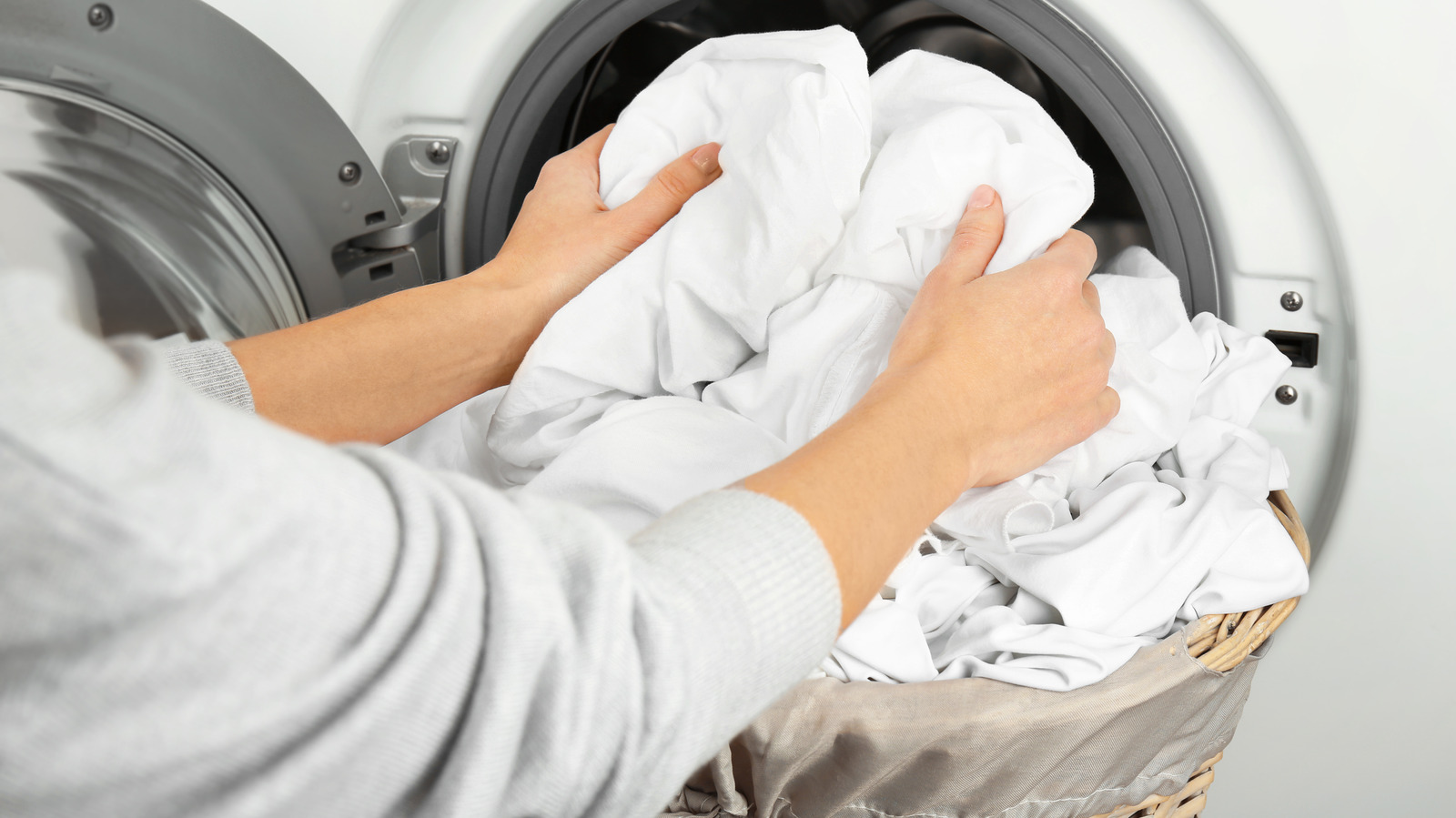

Interior Design
How To Use Bleach In Laundry: For The Whitest Whites
Modified: April 22, 2024
Learn the best techniques for using bleach in laundry to achieve the whitest whites. Discover how interior design can be enhanced with the power of bleach.
(Many of the links in this article redirect to a specific reviewed product. Your purchase of these products through affiliate links helps to generate commission for Storables.com, at no extra cost. Learn more)
Introduction
Welcome to the world of bleach and laundry. If you’re looking to achieve those perfectly white and pristine clothes, then using bleach is the way to go. Bleach is a powerful and versatile laundry aid that can help remove stains, brighten colors, and whiten fabrics. In this article, we will explore the different types of bleach, the science behind bleaching, and the proper techniques for using bleach effectively.
Understanding how to use bleach properly is essential as it can be a game-changer when it comes to achieving the whitest whites. However, it is important to note that bleach should be used with caution and following the manufacturer’s instructions to ensure safety and avoid damaging your clothes. So, let’s dive in and learn the art of using bleach in your laundry routine!
Key Takeaways:
- Master the art of using bleach in your laundry routine by understanding the science behind bleaching, choosing the right bleach for different fabrics, and following safety precautions for effective stain removal and whitening.
- Achieve dazzling, crisp whites and refresh the look of your clothes by incorporating proper handling and storage of bleach, following disposal guidelines, and enhancing bleach effectiveness with other laundry additives for brighter, cleaner, and stain-free laundry.
Read more: How To Bleach White Curtains
Understanding Bleach
Bleach is a chemical compound that is used as a whitening and disinfecting agent in laundry. It works by oxidizing or breaking down the colored molecules in stains, effectively removing them from the fabric. There are two main types of bleach commonly used in laundry: chlorine bleach and oxygen bleach. Let’s take a closer look at each of them:
Chlorine Bleach:
Chlorine bleach, also known as sodium hypochlorite, is a strong and potent bleach commonly used for whitening white fabrics. It is highly effective in removing tough stains and can also help to sanitize and disinfect your laundry. Chlorine bleach should be used with caution as it can be harsh on certain fabrics and colors, and overuse can lead to fabric damage.
Oxygen Bleach:
Oxygen bleach, also referred to as non-chlorine bleach, is a milder alternative to chlorine bleach. It uses oxygenated compounds such as hydrogen peroxide as the active ingredient, making it safe to use on a wider range of fabrics and colors. Oxygen bleach is gentle yet effective in removing stains and brightening whites. It is also environmentally friendly as it breaks down into water and oxygen, leaving no harmful residues behind.
Understanding the differences between chlorine bleach and oxygen bleach is crucial in choosing the right bleach for your specific needs. While chlorine bleach is more powerful and effective in whitening whites, oxygen bleach offers a safer and gentler alternative for delicate fabrics and colored items. Now that we have a basic understanding of bleach, let’s explore the science behind how bleach works its magic on stains and fabrics.
Types of Bleach
When it comes to bleaching laundry, you have two main options: chlorine bleach and oxygen bleach. Understanding their differences and knowing when to use each type is essential for achieving the best results. Let’s take a closer look at these two types of bleach:
Chlorine Bleach:
Chlorine bleach is a powerful bleach that contains sodium hypochlorite as its active ingredient. It is commonly used for whitening white fabrics and removing tough stains. Chlorine bleach works by breaking down the pigments in stains, making them easier to remove from the fabric. It is highly effective in removing stains caused by coffee, tea, wine, and grass.
However, chlorine bleach should be used with caution. It can be harsh on fabrics and colors, and prolonged use can weaken the fibers of certain materials. It is recommended to use chlorine bleach only on white and color-fast items. It is also crucial to follow the manufacturer’s instructions for proper dilution and usage.
Oxygen Bleach:
Oxygen bleach, also known as color-safe bleach or non-chlorine bleach, is a milder alternative to chlorine bleach. It is typically made from chemicals like hydrogen peroxide or sodium percarbonate. Oxygen bleach is safe to use on a wide range of colored fabrics and can also brighten whites.
One of the advantages of oxygen bleach is that it is gentler on fabrics compared to chlorine bleach. It is less likely to cause yellowing or discoloration of fabrics, making it suitable for colored and patterned items. Oxygen bleach is effective in removing stains caused by food, grease, and dirt.
It is important to note that oxygen bleach may not be as strong as chlorine bleach, so it may require more time or repeated applications to achieve the desired results, especially on tough stains. However, it is a safer and more versatile option for everyday use.
Understanding the differences between chlorine bleach and oxygen bleach allows you to choose the appropriate bleach for your laundry needs. Whether you opt for the strong whitening power of chlorine bleach or the gentler approach of oxygen bleach, be sure to follow the recommended usage guidelines for best results. In the next section, we will explore the science behind how bleach works its magic on stains and fabrics.
The Science Behind Bleaching
Bleaching is not just a magical process that makes stains disappear and fabrics appear whiter—it is actually a scientific process. To understand how bleaching works, it’s important to delve into the chemistry behind it.
Both chlorine bleach and oxygen bleach work through an oxidation process. When bleach is applied to a stain or fabric, the bleach molecules break down into their active components, releasing oxygen or chlorine. These active components then react with the colored molecules in the stains, oxidizing them and breaking them down into smaller, colorless molecules. These colorless molecules are then washed away during the rinsing process, leaving the fabric cleaner and whiter.
In the case of chlorine bleach, the sodium hypochlorite molecule breaks down into hypochlorous acid and sodium hydroxide. Hypochlorous acid is a strong oxidizing agent that reacts with the pigments in the stain, transforming them into colorless materials that can be easily rinsed away.
Oxygen bleach, on the other hand, relies on hydrogen peroxide as its active component. When oxygen bleach is mixed with water, the hydrogen peroxide breaks down into water and oxygen molecules. The oxygen molecules then react with the stains, breaking them down and lifting them from the fabric.
It’s worth noting that the effectiveness of bleaching depends on various factors, including the type of stain, the concentration of bleach used, and the fabric itself. Some stains, like those caused by certain dyes or chemicals, are more resistant to bleaching and may require additional treatment or specialized products.
Additionally, different fabrics react differently to bleach. While chlorine bleach is more effective in whitening white fabrics, it can weaken and damage certain materials over time. Oxygen bleach, on the other hand, is generally safer for a wider range of fabrics and colors, making it a preferable choice for most everyday laundry needs.
Now that we understand the science behind bleaching, let’s move on to the next step: preparing your laundry for the bleaching process. Sorting and separating clothes, checking fabric care labels, and pre-treating stains are essential steps for achieving the best bleaching results. We’ll explore these steps in detail in the following section.
Preparing Your Laundry for Bleaching
Before you start using bleach on your laundry, it’s important to properly prepare your clothes. This involves sorting and separating your clothes, checking fabric care labels, and pre-treating any stains. Taking these steps will ensure that your clothes are ready for the bleaching process and help you achieve the best results.
Sorting and Separating Clothes:
The first step in preparing your laundry for bleaching is to sort and separate your clothes based on their color, fabric type, and level of dirtiness. This helps prevent color bleeding, fabric damage, and allows you to target specific items that require bleaching. Consider separating your laundry into the following groups:
- Whites: Separate white or mostly white clothes that are suitable for bleaching. This includes white cotton t-shirts, socks, and underwear.
- Colors: Keep colored clothes separate from whites. Avoid bleaching colored items, as bleach may cause discoloration or fading.
- Delicates: Separate delicate fabrics such as silk, lace, or wool. These fabrics may require alternative methods of stain removal and should not be exposed to bleach.
- Heavy Soiled: Keep heavily soiled items separate for pre-soaking and additional stain treatment.
Checking Fabric Care Labels:
Once your laundry is sorted, it’s important to check the fabric care labels on each item. The care labels provide valuable information on how to properly launder the garment and if bleach is safe to use. Look for washing instructions and any specific bleach-related recommendations or restrictions mentioned on the label. If the label advises against using bleach, it’s best to avoid bleaching that particular item to prevent damage.
Pre-treating Stains:
Before applying bleach to your laundry, it’s a good practice to pre-treat any visible stains to maximize stain removal. There are various stain removal products available, including stain removers, enzyme-based cleaners, or even homemade solutions like vinegar or baking soda. Follow the instructions provided by the stain remover manufacturer or test a small, inconspicuous spot before treating the entire stain.
For stain pre-treatment:
- Gently blot or scrape off any excess stain material.
- Apply the stain remover directly to the stained area.
- Let it sit for the recommended time (usually a few minutes), allowing the stain remover to penetrate and break down the stain.
- After the recommended time has passed, wash the garment as usual.
By sorting and separating your clothes, checking fabric care labels, and pre-treating any stains, you are laying the foundation for successful bleaching. These preparatory steps ensure that your clothes are ready for the bleaching process and help to achieve the best possible results. In the next sections, we will explore in detail the techniques for using chlorine bleach and oxygen bleach effectively in your laundry.
Add 1/2 cup of bleach to the washing machine along with your regular detergent when washing whites. Be sure to check the care label to ensure that the fabric can withstand bleach.
Read more: How To Bleach A White Duvet Cover
Using Chlorine Bleach
Chlorine bleach is a powerful whitening and stain-removing agent that can effectively remove stubborn stains and brighten white fabrics. However, it is important to use chlorine bleach with caution, ensuring proper safety precautions are taken and following the correct procedures for measuring, diluting, and adding bleach to the laundry cycle. Let’s dive into the details:
Safety Precautions:
When working with chlorine bleach, it is crucial to protect yourself and your surroundings. Follow these safety precautions:
- Work in a well-ventilated area to avoid inhaling fumes. Open windows or use a fan to circulate fresh air.
- Wear protective gloves to protect your hands from direct contact with bleach.
- Avoid mixing bleach with other cleaning agents or ammonia, as this can create toxic fumes.
- Keep children and pets away from the area where bleach is being used.
Measuring and Diluting Bleach:
Properly measuring and diluting bleach is essential to prevent fabric damage and achieve effective stain removal. Follow these steps:
- Read the instructions on the bleach bottle to determine the recommended amount of bleach for the load size. Be mindful not to exceed the recommended amount, as this can lead to fabric damage.
- Measure the bleach using a measuring cup or use the cap provided with the bleach bottle, which often has pre-marked measurements.
- When diluting bleach, add it to water rather than the reverse. Pour water into a bucket or basin first, and then add the appropriate amount of bleach. Stir the mixture gently but thoroughly to ensure proper blending.
Adding Bleach to the Laundry Cycle:
To incorporate chlorine bleach into your laundry cycle, follow these steps:
- Start by loading your washing machine with the appropriate amount of laundry and water according to the machine’s capacity and the manufacturer’s instructions.
- Add detergent to the water and let the machine agitate briefly to mix the detergent.
- Pour the pre-diluted chlorine bleach directly into the bleach dispenser of your washing machine. If your machine doesn’t have a bleach dispenser, wait for a few minutes after the wash cycle has begun and pour the bleach slowly into the water, avoiding direct contact with clothes.
- Close the washing machine lid or continue the cycle as usual.
Note that chlorine bleach should never be poured directly onto clothes as this can cause damage and discoloration.
By taking appropriate safety precautions, measuring and diluting bleach correctly, and adding it to the laundry cycle properly, you can maximize the benefits of using chlorine bleach in your laundry routine. In the next section, we will discover the techniques for using oxygen bleach effectively.
Using Oxygen Bleach
Oxygen bleach, also known as color-safe bleach or non-chlorine bleach, is a gentler alternative to chlorine bleach. It is effective in brightening whites and removing stains from a wide range of fabrics and colors. When using oxygen bleach, it is important to take proper safety precautions, measure and mix it correctly, and add it to the laundry cycle appropriately. Let’s explore the details:
Safety Precautions:
While oxygen bleach is generally considered safe to use, it’s still important to follow some safety guidelines:
- Work in a well-ventilated area to ensure proper airflow.
- Wear gloves to protect your hands from any potential irritation.
- Keep oxygen bleach away from children and pets.
Measuring and Mixing Oxygen Bleach:
Properly measuring and mixing oxygen bleach helps achieve optimal whitening and stain-removing results:
- Read the instructions on the oxygen bleach packaging to determine the recommended amount for the load size.
- Measure the oxygen bleach using a measuring cup or the scoop provided with the product. Follow the recommended usage instructions to avoid overusing or underusing the bleach.
- Mix the oxygen bleach with warm water in a separate container. Stir the mixture gently until the oxygen bleach is dissolved completely.
Adding Oxygen Bleach to the Laundry Cycle:
To incorporate oxygen bleach into your laundry cycle, follow these steps:
- Load your washing machine with the appropriate amount of laundry and water, based on the machine’s capacity and the manufacturer’s instructions.
- Add your regular laundry detergent to the water and let the machine agitate briefly to ensure thorough mixing.
- Pour the pre-mixed oxygen bleach solution directly into the bleach dispenser of your washing machine. If your machine doesn’t have a bleach dispenser, wait for a few minutes after the wash cycle has started, and pour the oxygen bleach slowly into the water, avoiding direct contact with clothes. Alternatively, you can also add the oxygen bleach directly to the detergent compartment of the washing machine.
- Close the washing machine lid or continue the cycle as usual.
It’s important to note that oxygen bleach should not be mixed with chlorine bleach or any other cleaning agents, as this can produce harmful chemical reactions.
By following the necessary safety precautions, measuring and mixing the oxygen bleach correctly, and adding it to the laundry cycle properly, you’ll be able to harness the benefits of oxygen bleach in achieving brighter, cleaner, and stain-free laundry. In the next section, we will share some tips for whitening laundry with bleach, regardless of the type you choose to use.
Tips for Whitening Laundry with Bleach
Using bleach can be a game-changer when it comes to achieving the whitest whites and brightening your laundry. To maximize the effectiveness of bleach and get the best results, consider the following tips:
Choosing the Right Bleach for Different Fabrics/Colored Items:
When selecting bleach for your laundry, it’s essential to consider the fabric type and color of the garment. Chlorine bleach is best suited for white fabrics, while oxygen bleach is a safer option for colored and delicate fabrics. Always read the fabric care labels to ensure bleach is safe to use on specific items.
Determining the Appropriate Bleach-to-Water Ratio:
Whether you’re using chlorine bleach or oxygen bleach, it’s important to dilute it properly to avoid fabric damage. The recommended bleach-to-water ratio typically varies depending on the stain severity and the specific product you’re using. Check the instructions on the bleach packaging for the recommended dilution ratio and adjust it accordingly for your laundry needs.
Enhancing Bleach Effectiveness with Other Laundry Additives:
While bleach can work wonders on its own, you can enhance its effectiveness by combining it with other laundry additives:
- Boost Stain Removal: Pre-treat tough stains with a stain remover or enzyme-based cleaner before adding bleach. This combination can help break down and remove stubborn stains more effectively.
- Brighten Whites: Adding a small amount of lemon juice or distilled white vinegar to the bleach cycle can help brighten whites and remove any residues. Simply add about half a cup of either ingredient to the bleach dispenser or the final rinse cycle.
- Extend the Power: Some laundry detergents come with built-in bleach alternatives or whiteners. Using these detergents can enhance the whitening power of your laundry without requiring additional bleach.
- Pre-Soak for Extra Cleaning: For heavily soiled or stained items, consider pre-soaking them in a solution of detergent and bleach before washing. This can help break down tough stains and result in cleaner and brighter laundry.
Always follow the instructions provided by the manufacturers of bleach and other laundry additives to ensure safe and effective usage.
By choosing the appropriate bleach for different fabrics and colors, determining the right bleach-to-water ratio, and enhancing bleach effectiveness with other laundry additives, you can achieve the whitest whites and brighter colors in your laundry. In the next section, we will delve into handling and storing bleach for optimal safety and longevity.
Handling and Storing Bleach
Proper handling and storage of bleach are essential for maintaining its effectiveness, ensuring safety, and prolonging its shelf life. Follow these guidelines for the appropriate handling and storage of bleach:
Proper Storage Methods:
When storing bleach, it’s important to consider a few key factors:
- Store bleach in its original, tightly sealed container, away from direct sunlight and heat sources.
- Choose a cool, dry place for storage, such as a well-ventilated utility room or cabinet. Avoid storing bleach near any flammable substances.
- Keep bleach out of reach of children and pets, storing it in a secure and elevated location.
- Consider using childproof locks on cabinets or shelves where bleach is stored for added safety.
Disposal Guidelines:
When it comes to disposing of bleach, it’s important to follow proper guidelines to protect the environment and ensure safety:
- Avoid pouring bleach down drains, toilets, or storm drains, as it can harm the water supply and aquatic life.
- Check with your local waste management authorities or recycling centers for specific guidelines on how to dispose of bleach in your area.
- If allowed, dilute the bleach with plenty of water before safely disposing of it according to the recommended guidelines.
- If you have small amounts of leftover bleach, you can neutralize it by adding a small amount of hydrogen peroxide, then pouring into a larger amount of water before disposal.
Remember to always follow the disposal guidelines provided by your local authorities to prevent any harm to the environment or public health.
By storing bleach properly and following the recommended disposal guidelines, you can ensure the longevity of the bleach’s effectiveness and minimize any potential risks to yourself and the environment.
Now that you have a comprehensive understanding of handling, storing, and disposing of bleach, you can confidently incorporate it into your laundry routine. Whether you choose chlorine bleach or oxygen bleach, follow the usage tips, safety precautions, and proper handling techniques outlined in this article to achieve the whitest whites and brighter laundry results.
Conclusion
Bleach can be a powerful ally in your laundry routine, helping you achieve the whitest whites and remove stubborn stains. Understanding the different types of bleach, such as chlorine bleach and oxygen bleach, and knowing how to use them effectively is crucial for optimal results. By following the tips and techniques outlined in this article, you can master the art of using bleach in your laundry.
Start by understanding the science behind bleaching and the specific properties of chlorine bleach and oxygen bleach. Recognize the importance of preparing your laundry by sorting and separating clothes, checking fabric care labels, and pre-treating stains. Implement the safety precautions, proper measuring and diluting techniques, and appropriate methods for adding bleach to the laundry cycle when using chlorine bleach or oxygen bleach.
Additionally, consider the tips for whitening laundry with bleach, such as choosing the right bleach for different fabrics and colors, determining the appropriate bleach-to-water ratio, and enhancing bleach effectiveness with other laundry additives. And remember, proper handling and storage of bleach are essential for maintaining its potency and ensuring safety.
Lastly, dispose of bleach responsibly, following the guidelines provided by your local waste management authorities or recycling centers to protect the environment and public health.
By incorporating these practices into your laundry routine, you can harness the power of bleach to achieve dazzling, crisp whites and refresh the look of your clothes. Keep in mind that each fabric and stain is unique, so always test a small, inconspicuous area before applying bleach to the entire garment.
With proper knowledge and care, bleach can become your ally in creating a laundry masterpiece that leaves your clothes looking fresh, vibrant, and stain-free.
Frequently Asked Questions about How To Use Bleach In Laundry: For The Whitest Whites
Was this page helpful?
At Storables.com, we guarantee accurate and reliable information. Our content, validated by Expert Board Contributors, is crafted following stringent Editorial Policies. We're committed to providing you with well-researched, expert-backed insights for all your informational needs.
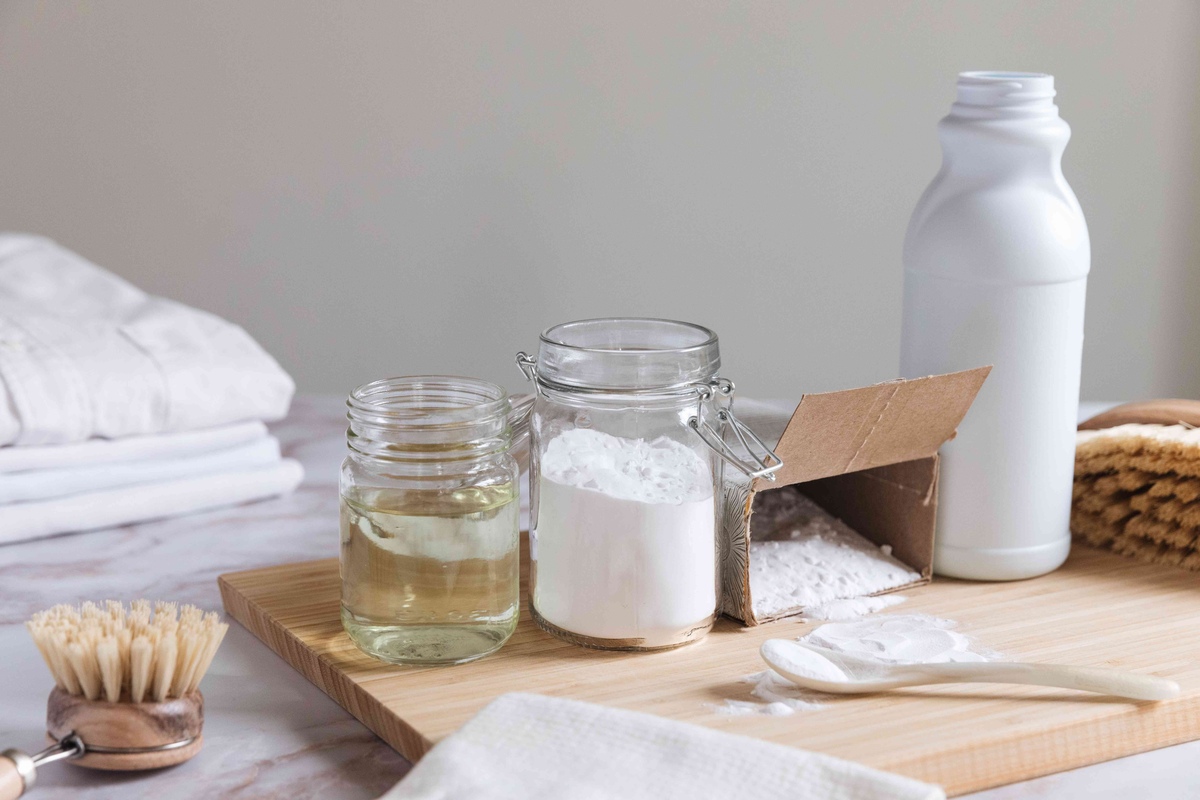
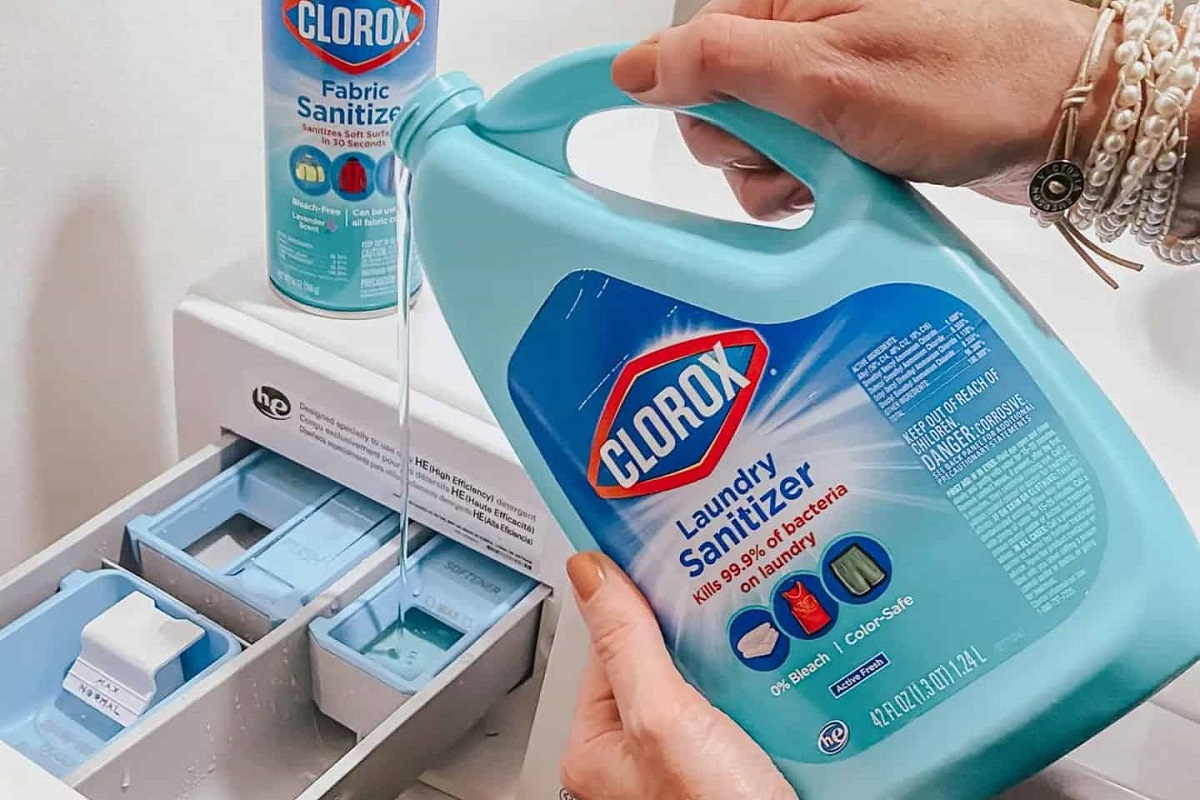

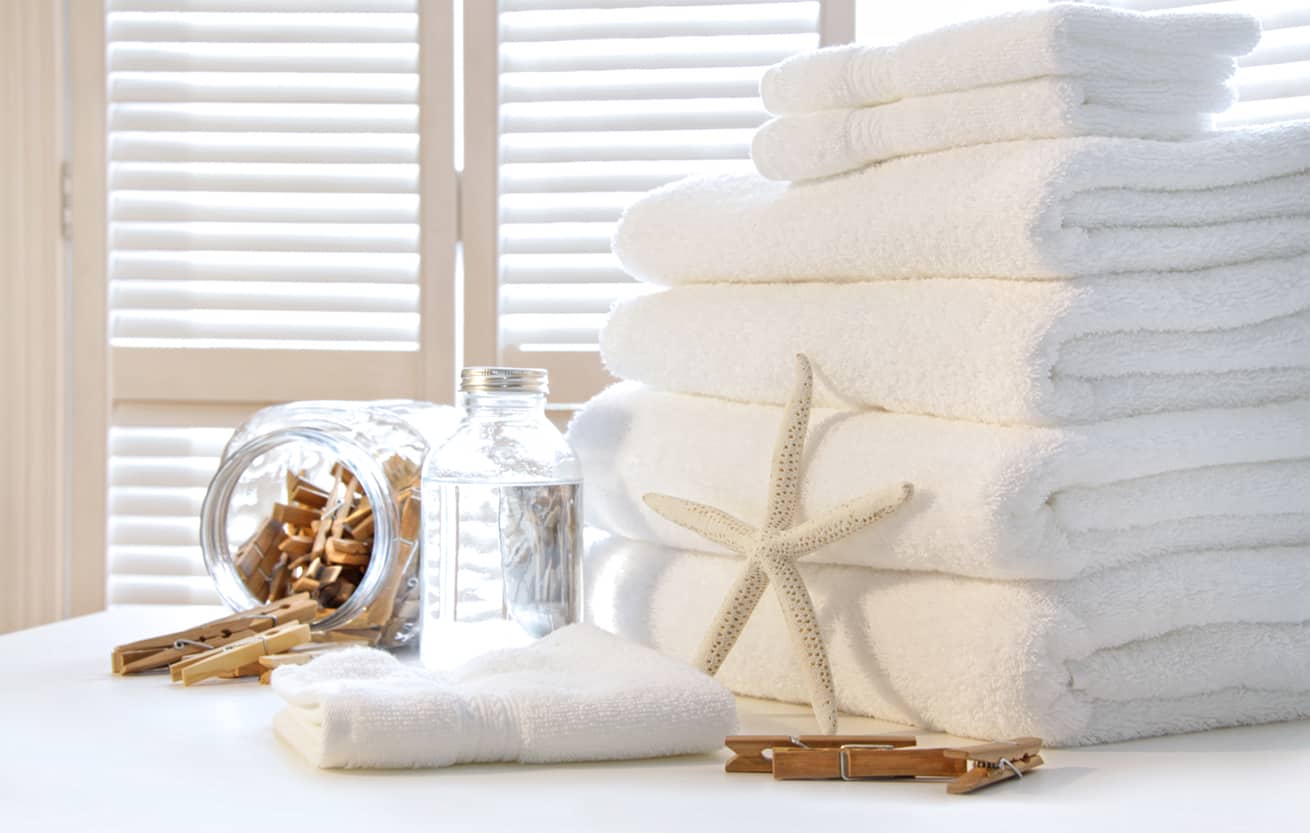
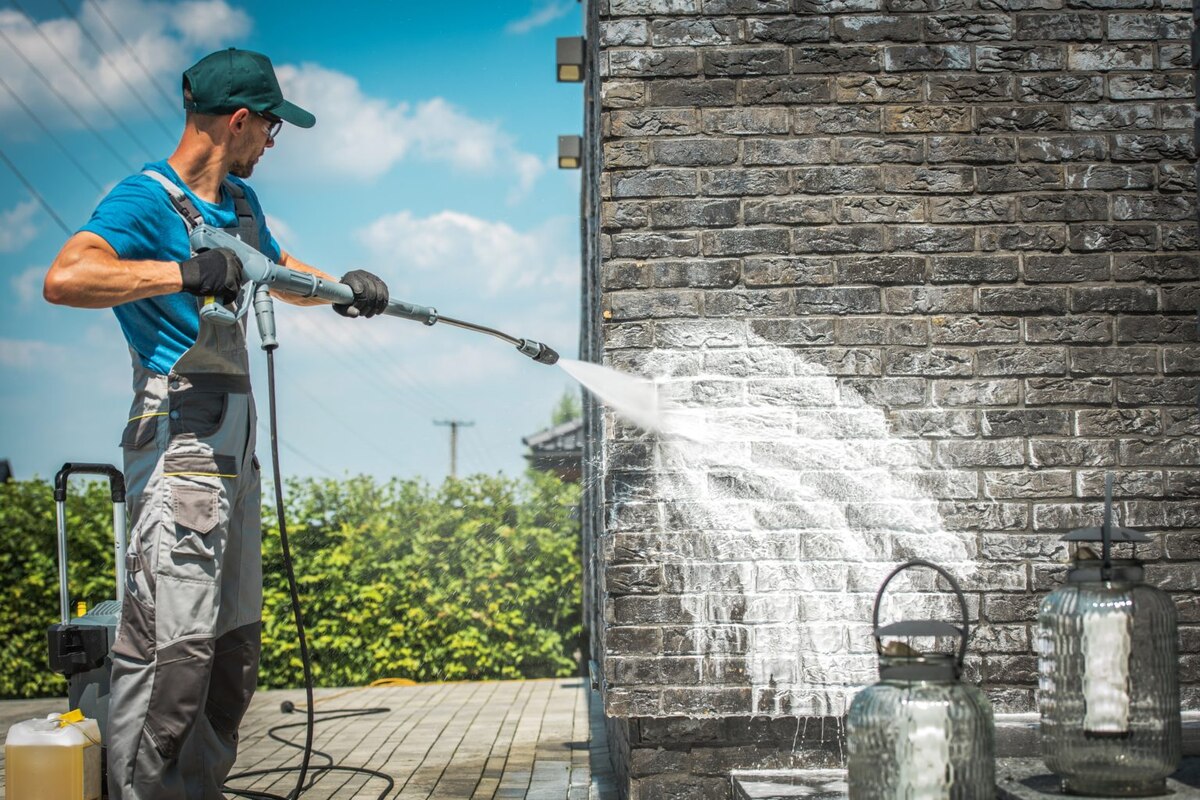
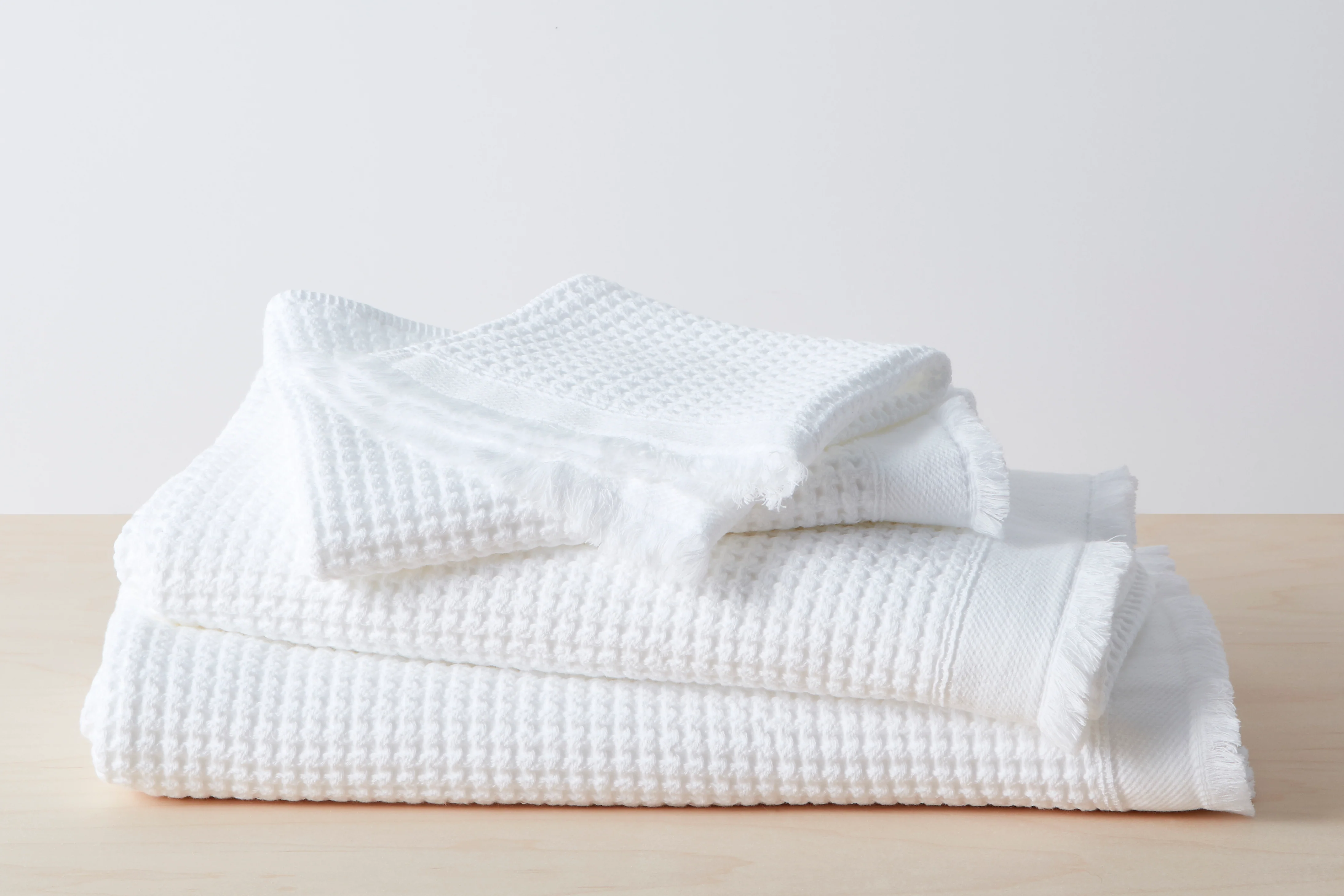
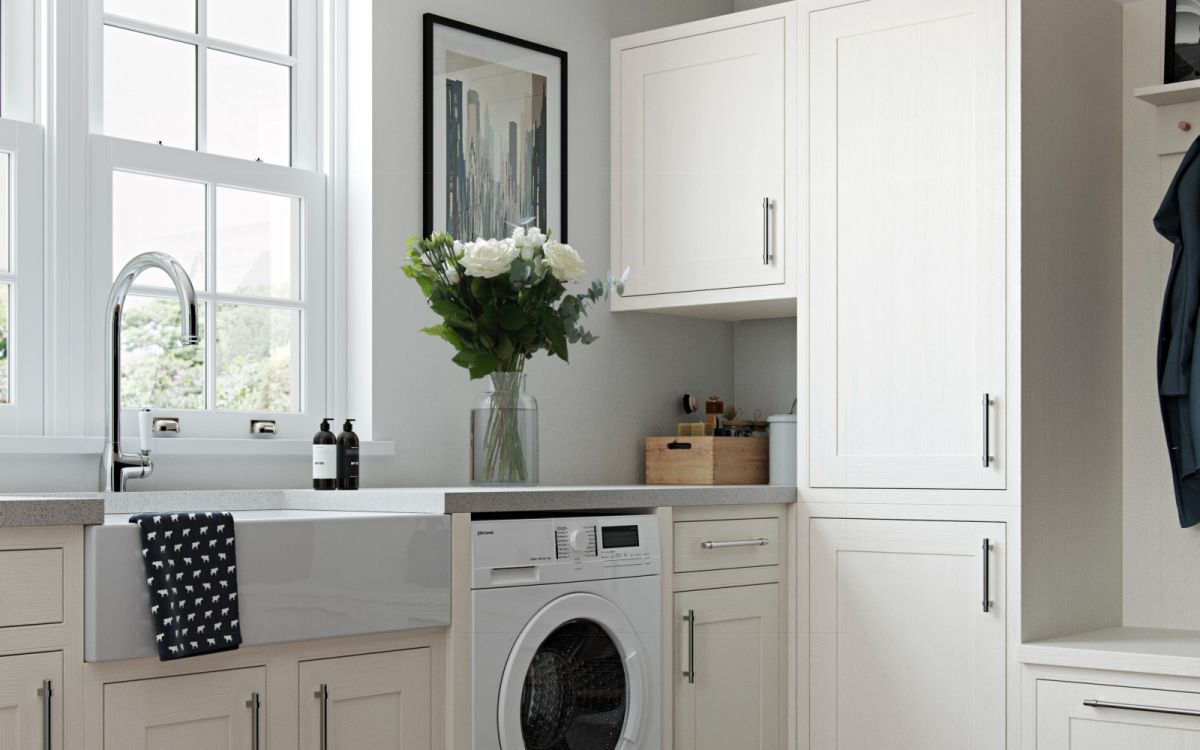
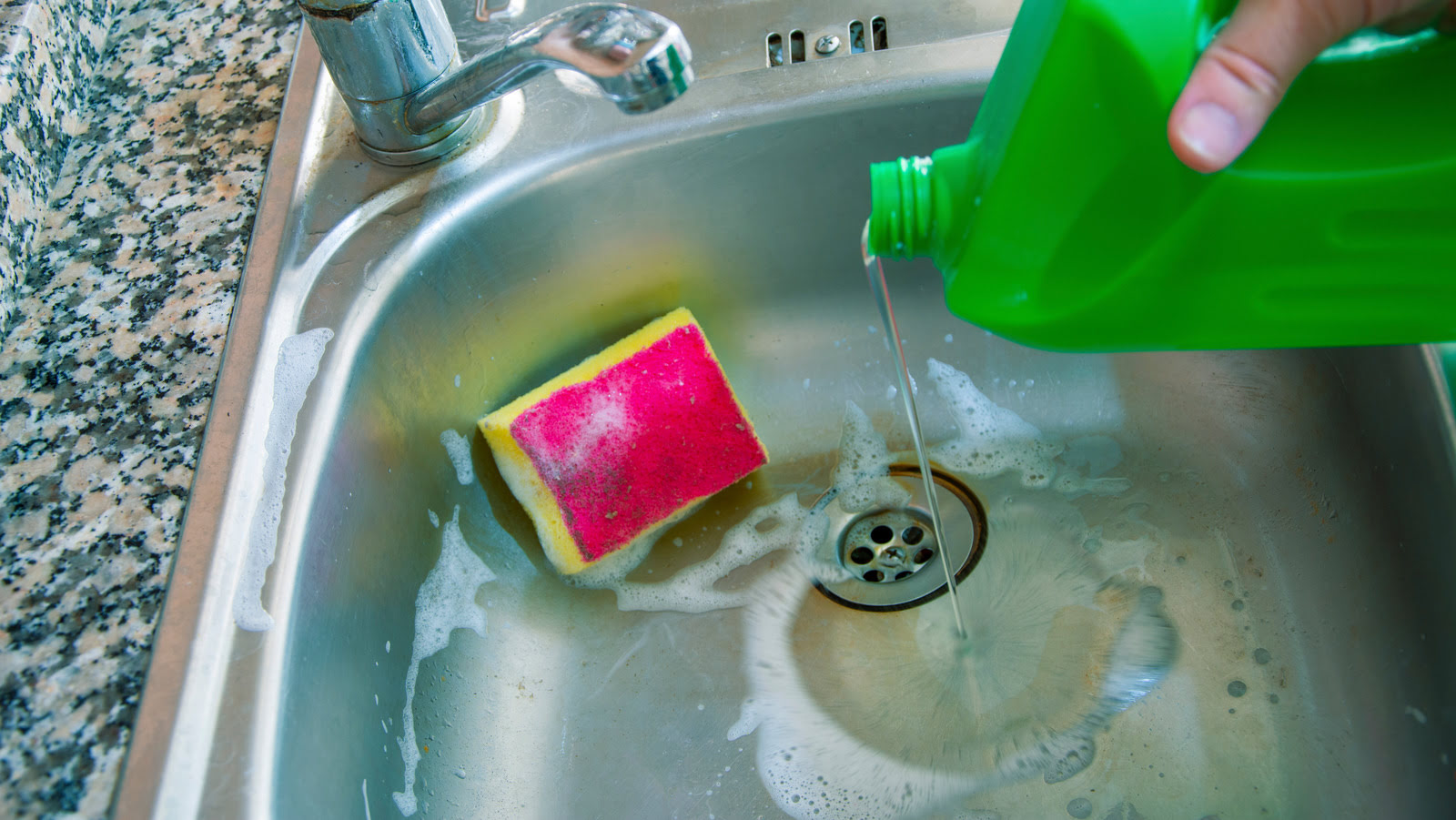
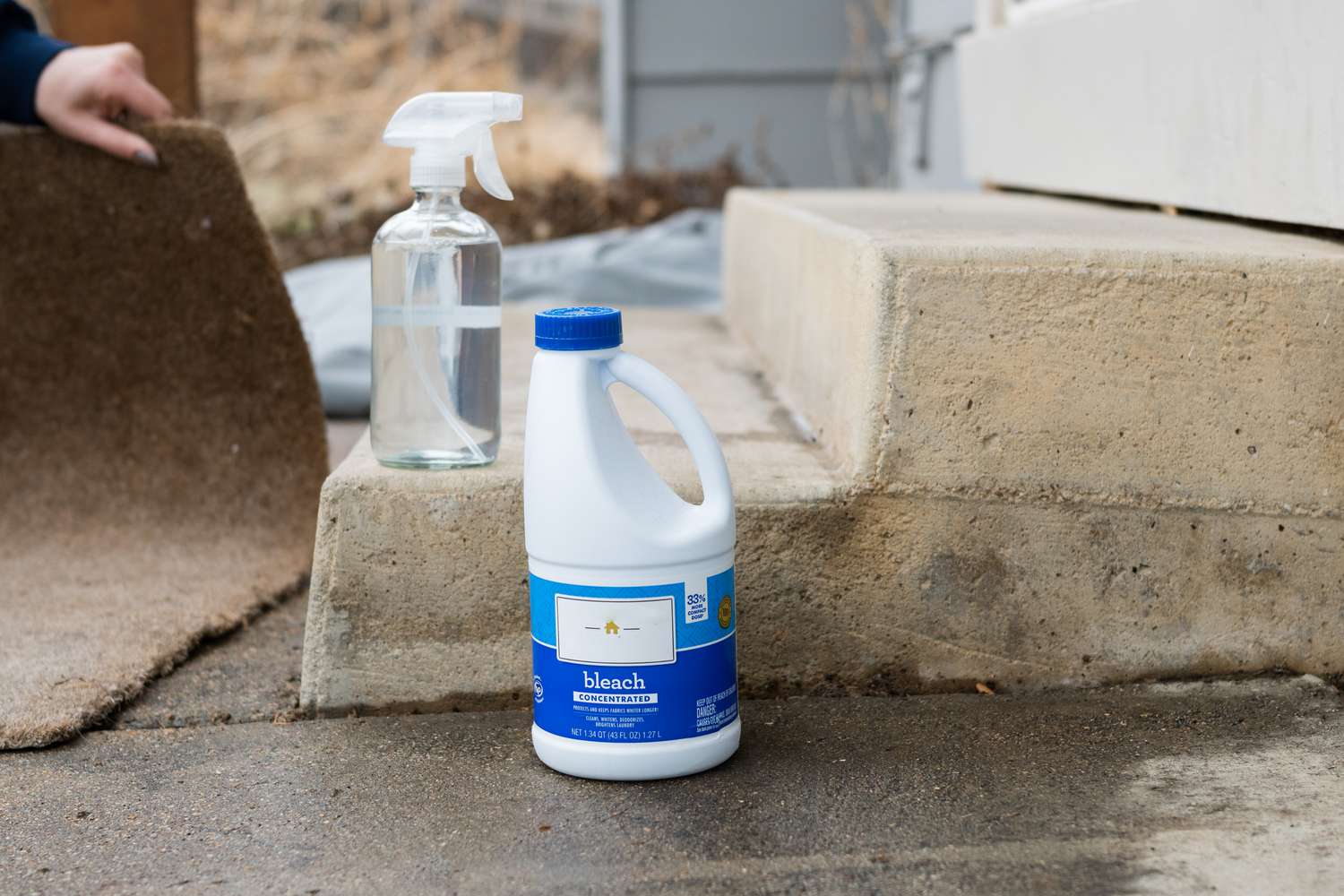
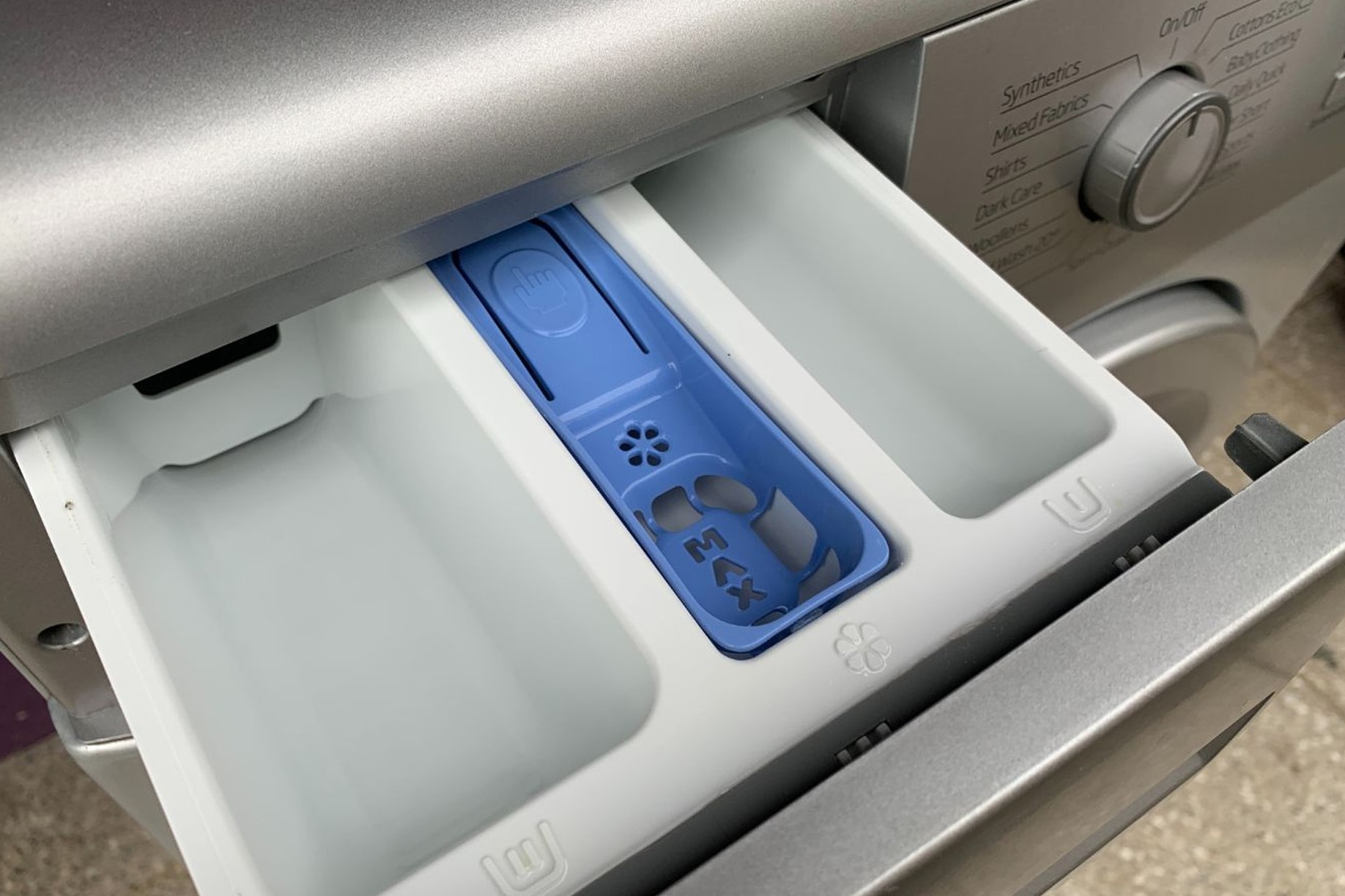
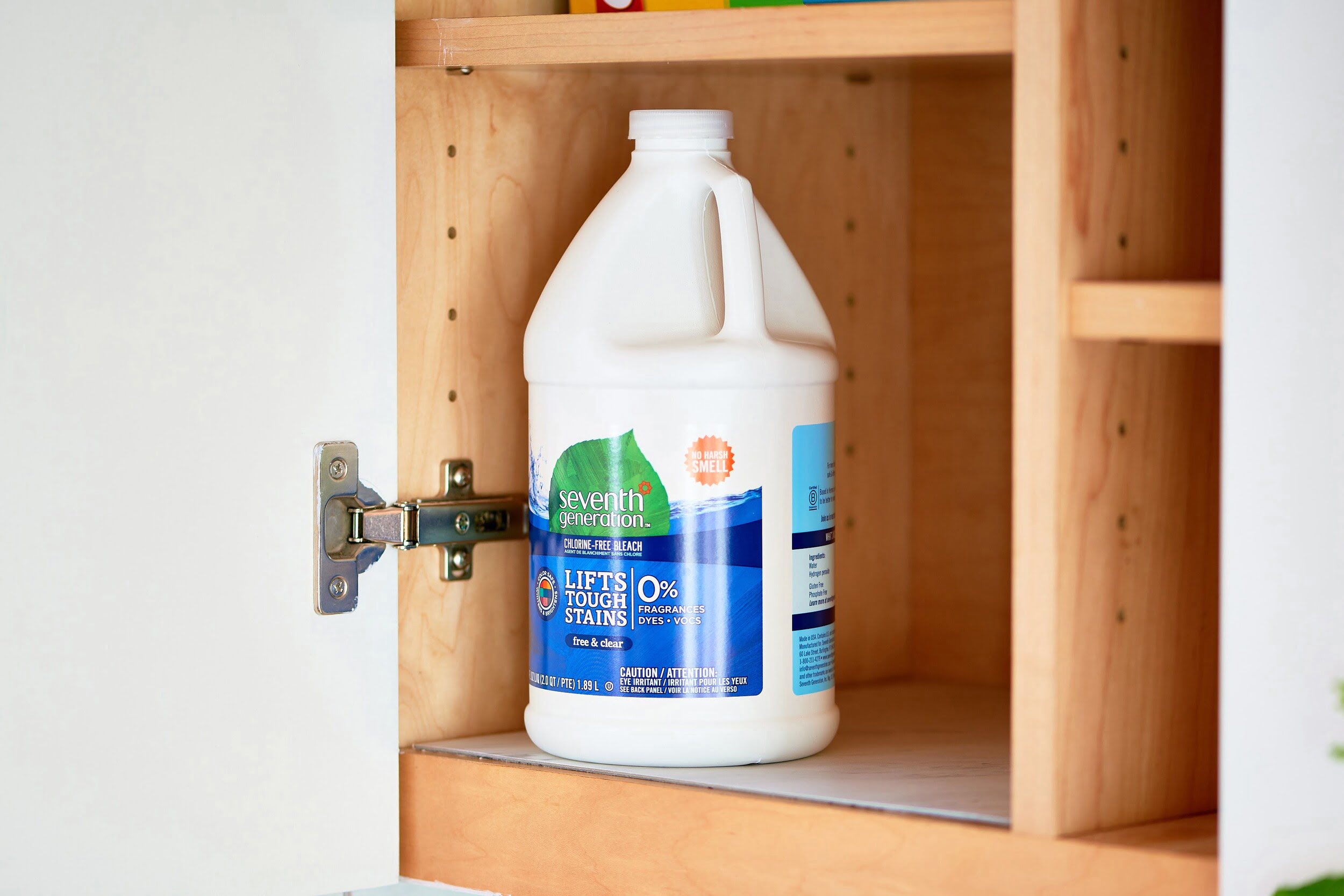
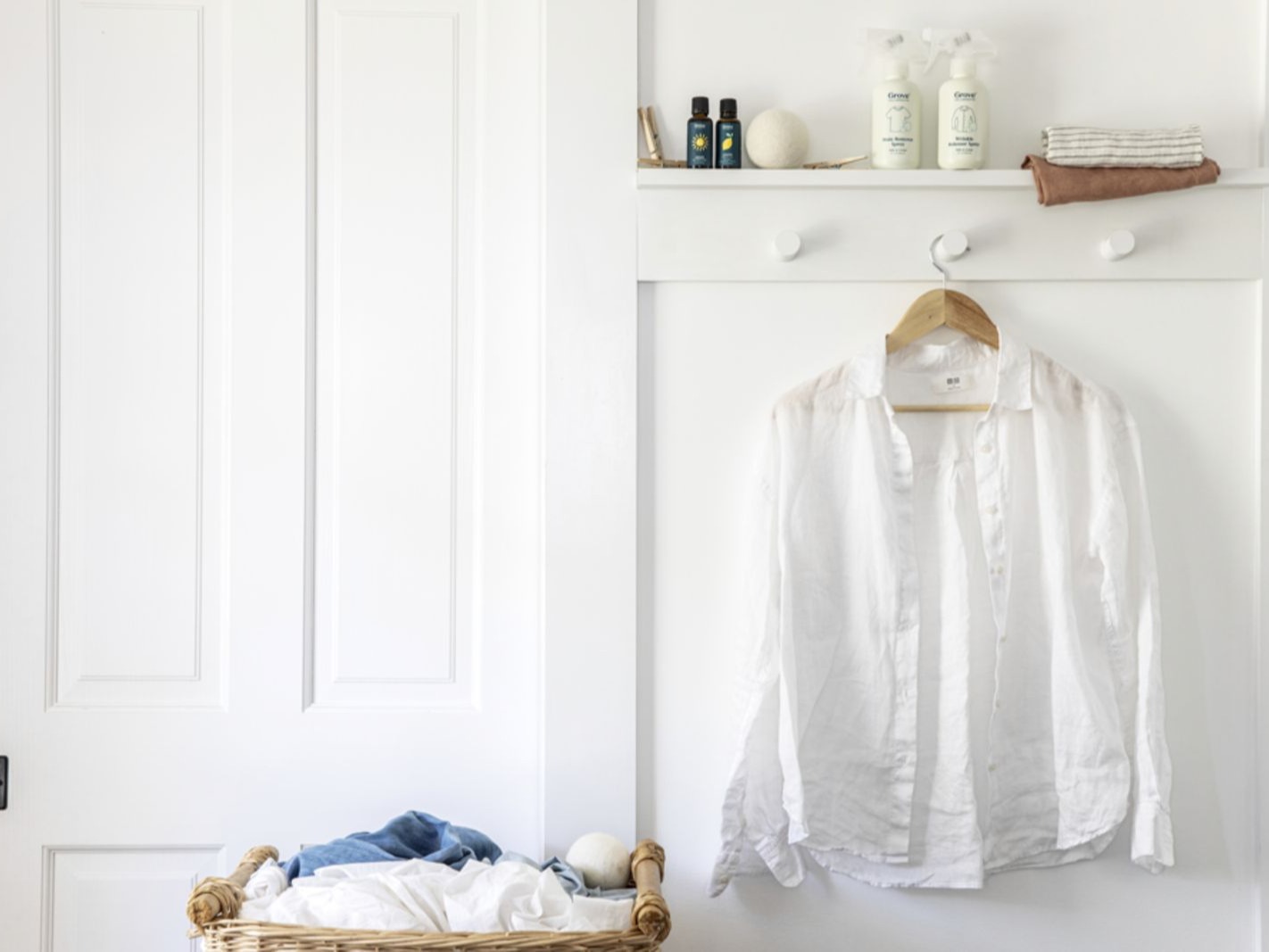
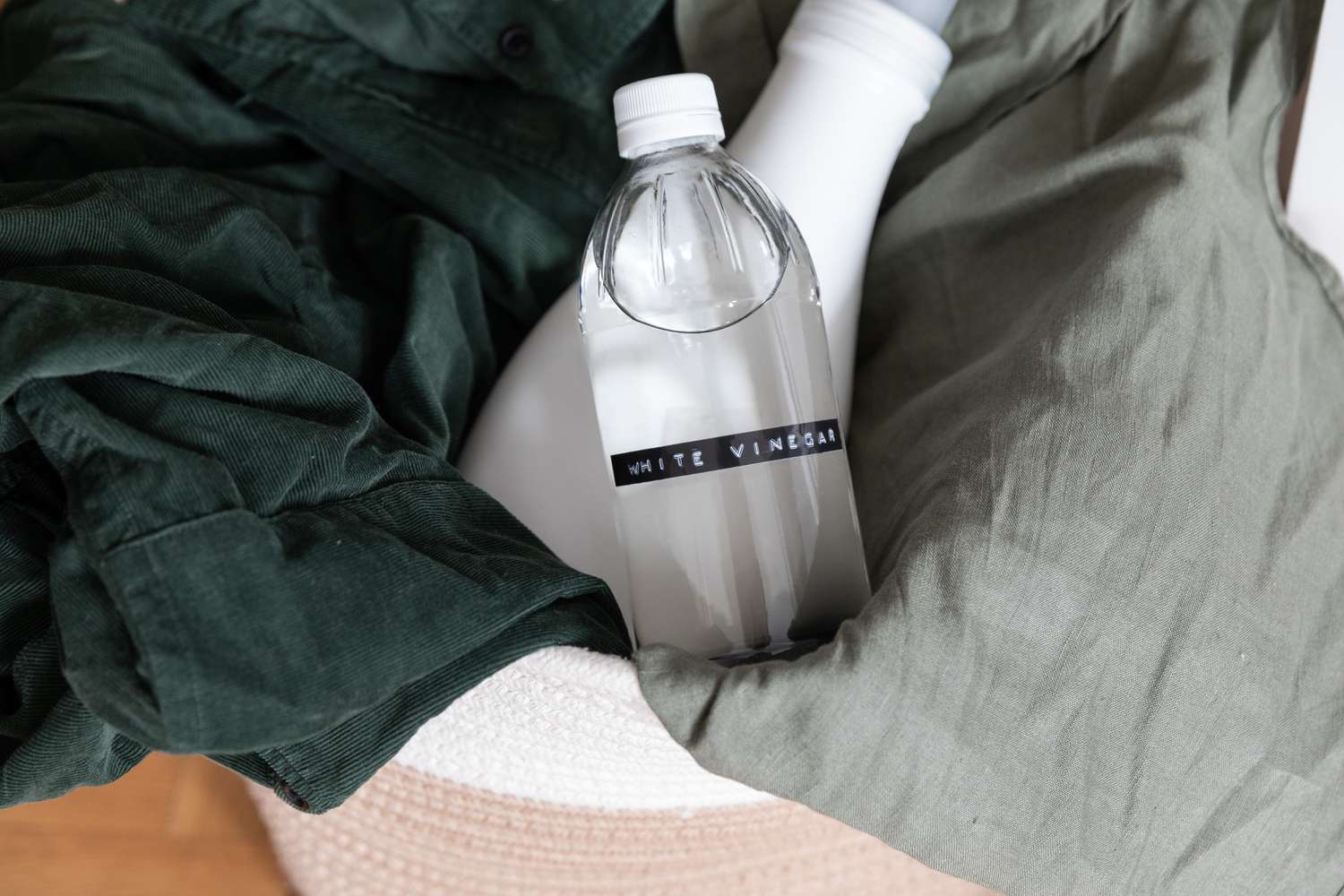

0 thoughts on “How To Use Bleach In Laundry: For The Whitest Whites”